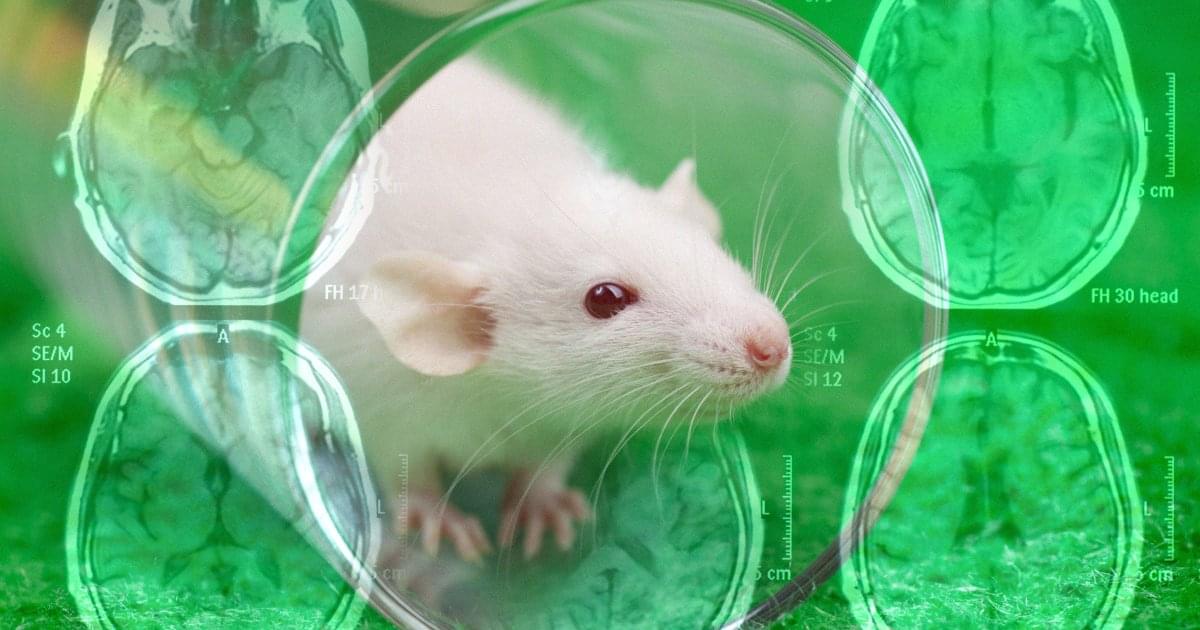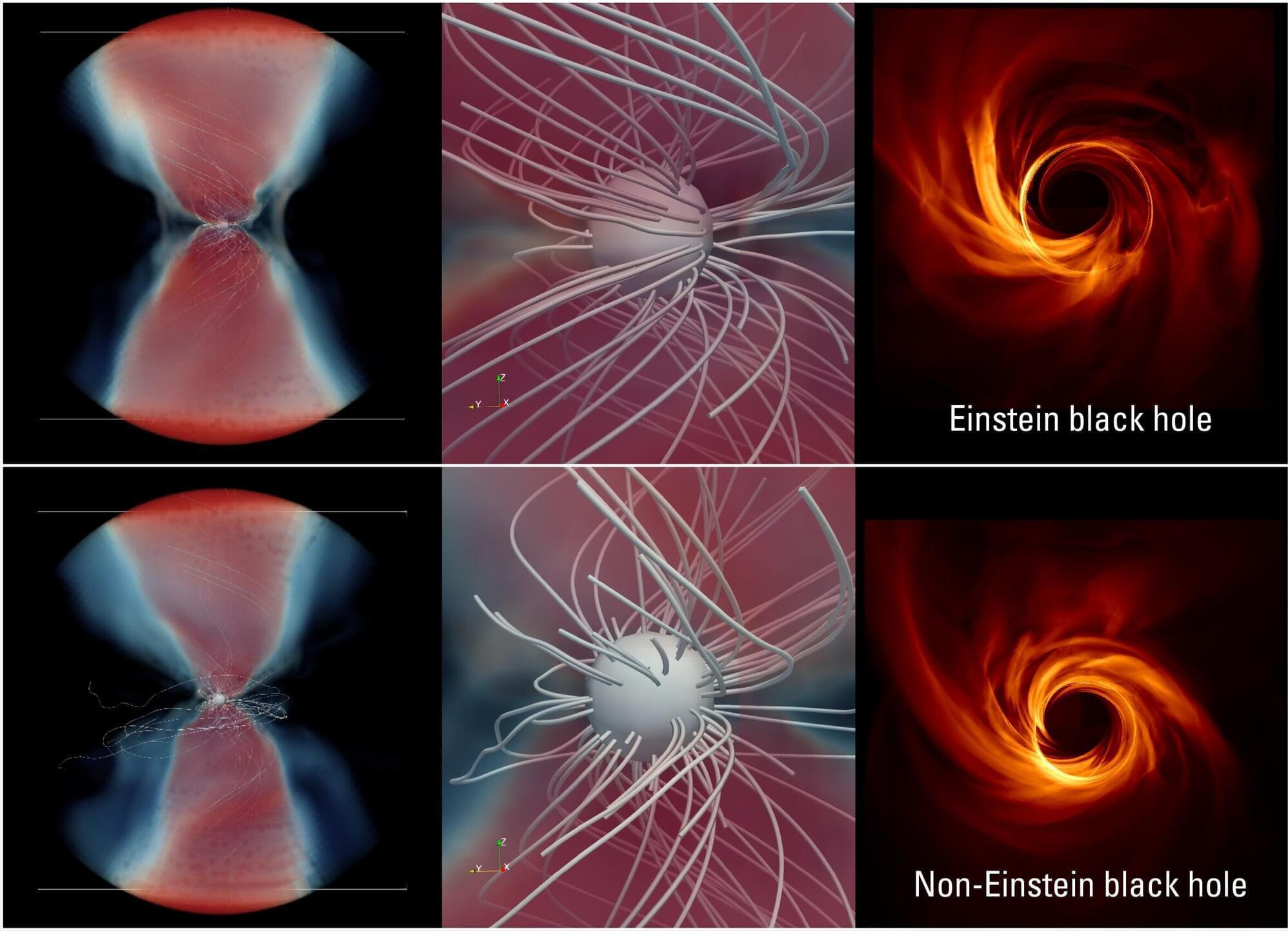Scientists have developed a nanoparticle-based treatment that successfully reversed Alzheimer’s disease in mice.
As detailed in a new paper published in the journal Signal Transduction and Targeted Therapy, the team co-led by the Institute for Bioengineering of Catalonia, Spain (IBEC), and West China Hospital, Sichuan University, developed bioactive “supramolecular drugs” that can proactively repair the blood-brain barrier.
The barrier plays an important role in the health of the brain, defending it from harmful substances and other pathogens. Alzheimer’s has been linked to a weakening of the barrier’s integrity, allowing for impairing toxins to make it through.







